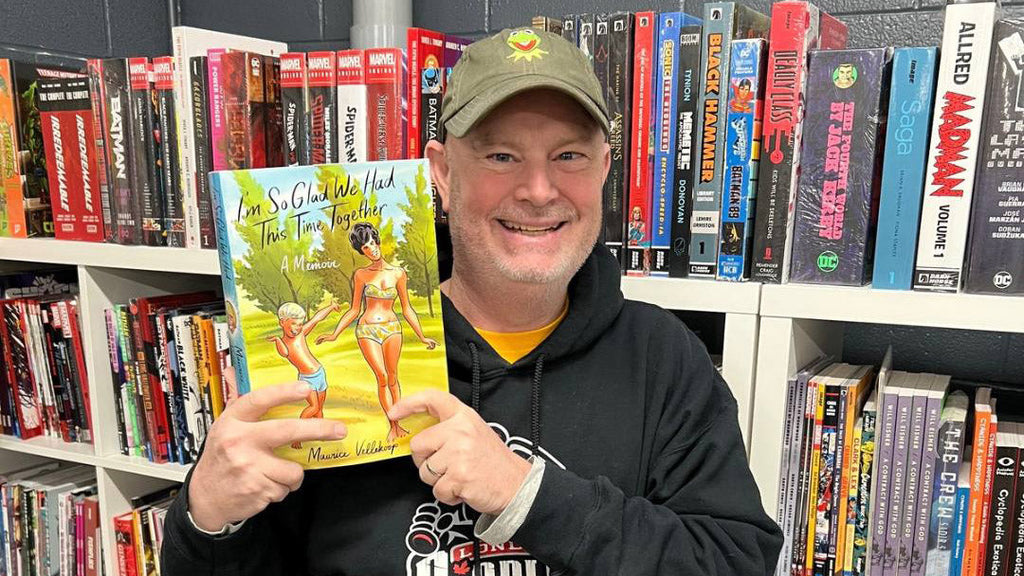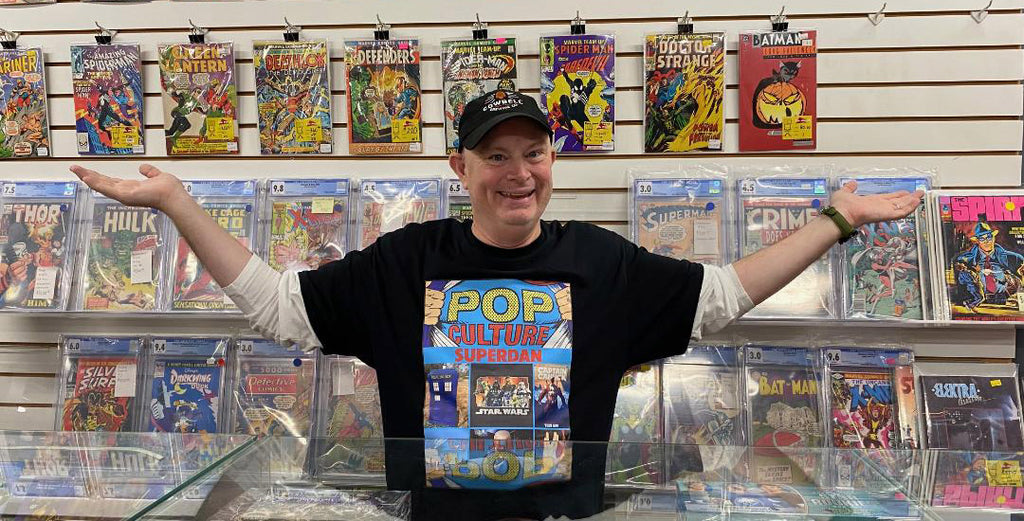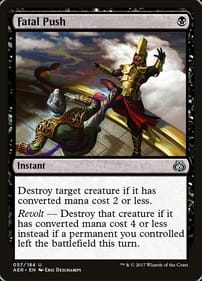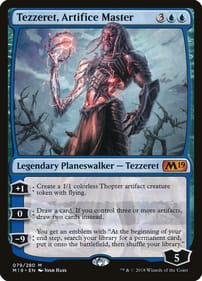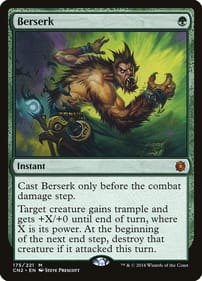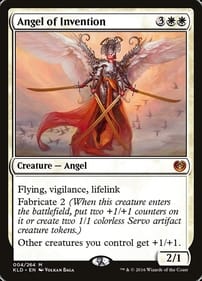Graphic-novel Gift Guide
By Dan Brown I love giving (and getting) graphic novels and comics at Christmas! As you’re shopping for family and friends this festive season, I’ve got some suggestions on which books to get the different people who made your list. Check it out! For the newbie graphic-novel reader: I would recommend a starter pack of Watchmen, The Dark Knight Returns and Maus. Released at roughly the same moment in the 1980s, these are the foundational graphic novels – along with Will Eisner’s A Contract With God – that showed comics could be taken seriously. For the superhero fan: I would give this person Irredeemable from Boom! Studios. Written by Mark Waid, it takes a look at what happens when an all-powerful hero in the mold of Superman goes off the rails. For the fan of Canadiana: Maurice Vellekoop’s I’m So Glad We Had This Time Together is a gay coming-of-age story set in Toronto and includes a lot of history about the queer community in the Big Smoke. There’s also Kate Beaton’s Ducks: Two Years in the Oil Sands, set in Alberta’s Oil Patch. For the fan of local talent: Derek Laufman has books like Bot 9 and The Witch of Wickerson for kids, plus titles such as Crimson Fall: The Shore Tower for mature readers. He recently published the first issue of The Rats of Ironwood and has taken over art duties on Skottie Young’s I Hate Fairyland series. A Byron resident, Laufman is as local (and as good a creator) as it gets. For the fan of overlooked gems: Get this person on your list anything Mouse Guard, Londoner Bryan Lee O’Malley’s Seconds, or Southwestern Ontario native Jeff Lemire’s The Nobody, the latter of the three being a re-telling of the H.G. Wells novel The Invisible Man in a small town. For the history buff: Maybe I’m in the minority, but I had not heard of Eadweard Muybridge, the pioneering photographer who was also involved in one of the most notorious murder trials of the 1800s, until Quebec graphic novelist Guy Delisle published this biography. A fascinating character whose story is told in a fascinating way. You could also try Scott Chanter’s Two Generals, about the D-Day invasion told from the perspective of two Canadian grunts. For the political buff: Are You Willing to Die for the Cause? is the first of a two-volume history of the FLQ, the separatist terrorists who are portrayed by veteran cartoonist Chris Oliveros as a bunch of stumblebums. For the art lover: I came relatively late to Dean Motter’s Mister X. Check out Mister X: The Archives or Mister X: The Modern Age, with its glorious retro look, billed as “a fusion of film noir, Art Deco and German Expressionism.” All of those elements combine to make a comic that will live in your imagination for a long time. And Los Bros Hernandez worked on some of the early issues of this Canadian classic! For the lover of the printed word: Anything, really, by Hamilton’s Joe Ollmann. If you want a starting point, try some of his short graphica, for instance Happy Stories About Well-Adjusted People. If you like what you read, move on to Fictional Father and The Abominable Mr. Seabrook. Don’t get me wrong, I love Joe’s art, too, but there are few comic creators whose voice comes through as clearly as Ollmann’s does. For the one who loved this summer’s Superman movies: The James Gunn film was based on a number of storylines, including All-Star Superman, Superman For All Seasons and Superman: Birthright. If you can find a compilation of John Byrne’s 1980s run on Superman, this person on your list will likely enjoy that one, too. For the one who loved The Fantastic Four: First Steps this summer: The Essential Fantastic Four Volumes 1-5 were the source material for this movie, with its retro-futuristic look. The new motion picture was dedicated to artist Jack Kirby, and these five volumes contain his entire influential run on the title with Stan Lee. For the one who is looking forward to Avengers: Doomsday next year: See my Fantastic Four recommendations. Also the Essential Super-Villain Team-Up Volume 1 and the individual issue The Invincible Iron Man No. 150 – in which Doctor Doom faces off against Iron Man. For the music fan: Scott Chantler’s Bix, Rush: The Making of a Farewell to Kings and David Collier’s Topp: Promoter Gary Topp Brought us the World. For the person who’s impossible to buy for: Why, a gift certificate, of course! So that’s it for my suggestions for this year. Are there any graphic novels/comics you are giving this year, or hoping to see under the tree? Let me know in the comments! Dan Brown has covered pop culture for more than 32 years as a journalist and also moderates L.A. Mood’s monthly graphic-novel group.
GNG Meets to Talk About Toronto Coming-of-age Memoir
By Dan Brown SPOILER WARNING: This column contains plot details from Maurice Vellekoop’s I’m So Glad We Had This Time Together, so if you value surprise, stop reading now! Here’s the rundown on the most recent meeting of the L.A. Mood Graphic-Novel Group, which took place Saturday, May 10. The book: I’m So Glad We Had This Time Together by Toronto graphic artist Maurice Vellekoop. The discussion: The book we all read falls squarely into the Canadian school of graphic memoirs – for some reason, homegrown creators are really good at telling their own origin stories. In fact, they are the best in the world. In this particular case, Vellekoop puts the focus on his own upbringing as the son of religious Dutch immigrants who settled in Toronto. L.A. Mood Comics & Games co-owner Carol Vandenberg pitched the book in January for our 2025 reading list as she, too, is the child of a Dutch immigrant family. Carol said she recognized a bit of her experience in the book’s details, like Vellekoop’s mother making clothes for her children and his childhood home being decorated with Rembrandt and Vermeer paintings. It was the Walt Disney movie Fantasia that sparked Vellekoop’s imagination as a child. He attended a screening with his father, who is a central figure in the artist’s story. One moment his dad is spanking him, the next spoiling him. Talk about mixed messages! During our opening lightning round – everyone around the table gets two minutes to share their initial thoughts – almost every group member said they enjoyed or appreciated the book. We did talk about the graphic nature of the story – there are a number of sex scenes as Vellekoop embarks on his voyage of self-discovery. We briefly discussed how much of a creator’s personal life the reader ought to see, with some members noting how Vellekoop wanted to be transparent about his identity. One central paradox runs through the whole story: According to their religious beliefs, his parents indicate it’s fine for Vellekoop to be gay, but he can’t get into heaven if he ever acts on his sexuality. Naturally, this contradiction messes him up. Later in life, Vellekoop goes into therapy. After a number of tries, he finds a therapist who helps him make sense of his feelings about his mother and father. Vellekoop is more than up to the challenge of making the process of therapy – therapist and client sitting and talking – visually interesting for the reader. In the hands of a lesser artist, those sections of the book might not have been as compelling. One of the devices he uses is what I would call “the devil and angel on his shoulders.” Vellekoop gives the two conflicting voices in his head a physical form as clouds of emotion, and finally – at the moment of his biggest breakthrough in therapy – they dive back into his head. Another element group members mentioned liking is the memoir’s depiction of Toronto over the years. In one party scene in the 1980s, for instance, I spotted one of my former Ryerson journalism profs – Vellekoop did not skimp on any details. He got the look and feel of different eras in Toronto history right. Further reading: Check out Seth’s It’s A Good Life If You Don’t Weaken, Michel Rabagliati’s Paul Moves Out, and Jeff Lemire’s next book, which will be released on July 15, is called 10,000 Ink Stains: A Memoir. L.A. Mood’s Graphic-Novel Group meets the second Saturday of every month. Next month’s selection is Dean Motter’s Mister X: The Modern Age. We are on a roll with Canadian books in recent months! We’ll reconvene June 14 at the gaming tables in the store at 11 a.m. All are welcome to join the discussion! Dan Brown has covered pop culture for more than 32 years as a journalist and also moderates L.A. Mood’s monthly graphic-novel group.
Maurice Vellekoop’s Coming-of-Age Story Mirrors That of Toronto
By Dan BrownI’m So Glad We Had This Time Together is the story of one man, but also a city.The graphic memoir, released earlier this year, describes how future visual artist Maurice Vellekoop grew up closeted in a strict Dutch immigrant family in Toronto. The experience haunts him for much of his adult life.As Vellekoop comes of age, so does his hometown; his sexual awakening coincides with Toronto’s arrival on the world scene.These dual narratives make for compelling reading. It doesn’t happen often that I’m so engrossed in a graphic novel I lose track of time, but that’s the kind of hold the book had on me.It’s one of the few comics of which I can say: I wish it went on longer.As a young boy, Vellekoop’s imagination is fired when his father takes him to see Walt Disney’s Fantasia. It was “an experience that more or less set the course for the rest of my life,” he explains.Vellekoop’s drawing style reminds me of that of Seth, arguably the father of Canada’s autobiographical school of graphic storytelling. Vellekoop uses devices like giving his inner child and his inner demon actual shape and form; they flit about his head as he struggles with contradictory emotions.After years of therapy, Vellekoop absorbs both figures into himself, indicating he is overcoming the damage done by his religious parents.Music, which also looms large in Vellekoop’s life, is portrayed as lyrics dancing across several panels in the book. It’s these kinds of visual innovations that kept this reader engaged for almost 500 pages. The artist/writer devotes a big chunk of that to his childhood, and in a couple sections I wish he had taken extra time to develop aspects of his life as an adult in a more fulsome way.The parallel story here is that of Canada’s largest city, and its queer community.In at least a couple passages, I spotted figures from Toronto gay history like the late Gerald Hannon, who was an instructor of mine when I attended Ryerson University’s journalism school in the 1990s. Partway through his account, Vellekoop makes his home in a cottage on the Toronto Islands. On lonely Saturday nights, he watches movies on TV hosted by Elwy Yost. There’s a mention early in the book of “gay cancer,” indicating Vellekoop is then living under the shadow of HIV/AIDS – even before it was called that. Later on, he has an inner debate about bringing home a stranger from a bar. “What if he’s Toronto’s own Jeffrey Dahmer?” Vellekoop wonders. As we now know, there was a serial killer targeting queer men in Toronto’s gay village for several years, Bruce McArthur.Vellekoop also recounts being gay-bashed on two occasions. The first of these attacks is all the more shocking and disappointing when Vellekoop’s father declines to come check up on his son, leaving him with deep emotional scars.I’m So Glad We Had This Time Together also has the most compelling depiction of talk therapy I’ve ever read. You might think two people sitting and chatting wouldn’t be great material for a comic book, but with devices like flashbacks and the aforementioned personal avatars it becomes a dynamic scene.In Seth’s work he wields nostalgia like a weapon; over the years, he has used the fictional town of Dominion – his answer to the Marvel Universe – to evoke a Canada that never existed but which we can all remember. In Maurice Vellekoop’s new graphic memoir, he likewise uses specific details to paint a vivid portrait not of Toronto, but of a Toronto of the mind, with all its grime, glory and Gerald Hannons. That’s why it has fast become a classic of the genre.Dan Brown has covered pop culture for more than 31 years as a journalist and also moderates L.A. Mood’s monthly graphic-novel group.



